The Future We All Want
Posted on 18 October 2012 by Fabiano
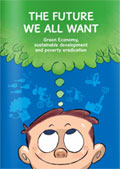 This is a guest post by Fabiano Scarpa from The Brazilian Network for Global Climate Change Research about their newly released brochure booklet entitled “The Future We All Want- Green Economy, Sustainable Development and Poverty eradication”.
This is a guest post by Fabiano Scarpa from The Brazilian Network for Global Climate Change Research about their newly released brochure booklet entitled “The Future We All Want- Green Economy, Sustainable Development and Poverty eradication”.
The booklet features many beautifully rendered illustrations by Jean Galvao, some of which are reproduced in this blog post.
The National Institute for Space Research (INPE) and The Brazilian Network for Global Climate Change Research (REDE CLIMA) have recently released the English version of the booklet entitled “The Future We All Want- Green Economy, Sustainable Development and Poverty eradication”. The Educational Material is aimed at both teachers and students. It presents the main topics discussed at the UN Conference Rio + 20 that took place in the city of Rio de Janeiro, Brazil, from June 13 to June 22.
The main parts of the brochure are presented below:
Everything started in Stockholm
The awareness that environmental degradation due to human activities could have major impacts acutely modifying life on Earth, led the UN (United Nations) to organise a conference which took place in Stockholm, Sweden in 1972 (The United Nations Conference on Human Environment). Representatives from all over the world gathered together at the meeting. It was the first big effort to address the relationship between human beings and the environment.
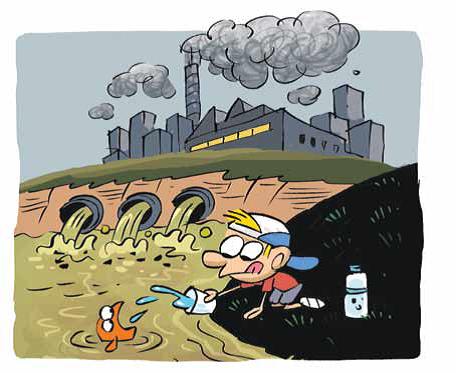
In 1987 the World Commission on Environment and Development published an innovative report- “Our Common Future”- that raised the concept of sustainable development defining it as “a development that meets the needs of the present without compromising the ability of future generations to meet their own needs.”
Later, other conferences were organised aiming to find solutions in order to reach sustainable development.
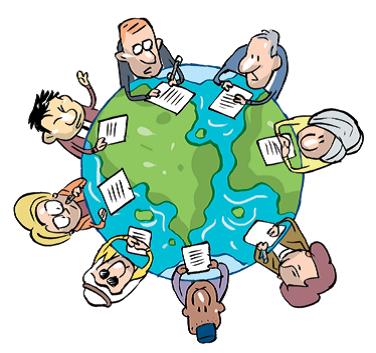
The last one, Rio + 20, - twenty year after the Earth Summit Eco 92 (Where the document Agenda 21 was produced)- took place in the city of Rio de Janeiro and a document regarding the protection of biodiversity, natural resources, green economy, poverty eradication and climate change has just been released.
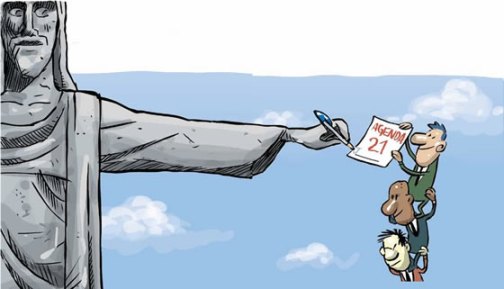
Why Green Economy?
Discussions on sustainable development always include issues related to changes in consumption behaviour- saving water and energy, avoiding consumerism, using public transportation in order to avoid major environmental impacts….
But then a question emerges: Do we need to quit or reduce dramatically the usage of everything we´ve conquered in terms of goods and technology in the modern world in order to live in a sustainable way? The expression “Green economy” refers to the optimisation of activities that provide rational use of natural resources where the benefits are so evenly distributed that poverty levels are barely detected and greenhouse gases emissions are very low (decarbonized economy), minimizing the negative effects on the environment.

To achieve that, innovative technologies are necessary so that different segments of society can make use of machines with low energetic consumption. Appliances like televisions, computers, refrigerators and lamps must have low rates of energy consumption.
Energy matrices need to be gradually replaced by clean and renewable sources of energy such as eolic (wind energy), photovoltaic (sun energy), biodigester (energy from heat released by burning gases from animal manure, decomposing agriculture wastes and sewage) and tidal power (converting energy of tides into electricity). Water consumption also has to be approached with responsibility. About 2.5% of the water available on the planet is drinkable (the rest is in form of sea water). The vast majority of this freshwater is frozen in the form of ice caps and glaciers or is in the underground. So only 0.3% of the freshwater is available in rivers and lakes and has to be shared with all the living beings (apart from the ones that live in the oceans of course) and human beings (7 billion people today).
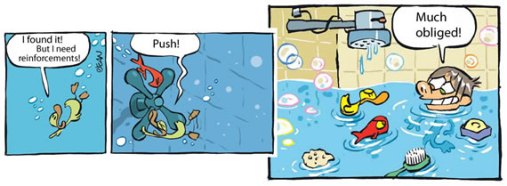
The Ecological Footprint
The Ecological Footprint of a country, a city or a person, consists of the size of productive areas of land and sea that can provide products, goods and services that sustain different lifestyles. In other words, the ecological footprint is a way to translate, in hectares (ha), the extension of a territory that either a person or an entire society uses, on average, to sustain a lifestyle. Studies have shown that since the 1980s the demands for natural resources on Earth have increased dramatically and are now greater than their regeneration capacity.
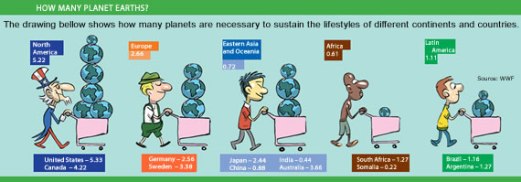
Recent data shows that we are using 25% percent more than what Earth can regenerate. That means we now need a quarter of a planet more in order to sustain our lifestyle.
We can say that this is an irrational way of exploiting nature because the rate of consumption is faster than renovation capacity.
Less poverty is crucial
On Average, the modern societies’ lifestyles have given little contribution to sustainability. On the contrary, they have been responsible for accelerating the process of global warming and the effects are already being felt. For example, an increase in mean global temperatures and alterations in frequency and intensity of phenomena such as extreme rain and drought. However, the countries with the largest ecological footprints (the richest) are those that will less suffer from global climate change due to human activities because the quality of life and the citizens’ economic resources will allow for the reduction of the impacts caused by environmental alteration and a faster adaptation to the new situations that are coming. Thus it is fundamental to reduce poverty in the world in such a way that people from less developed countries can find their own ways to adapt and survive.
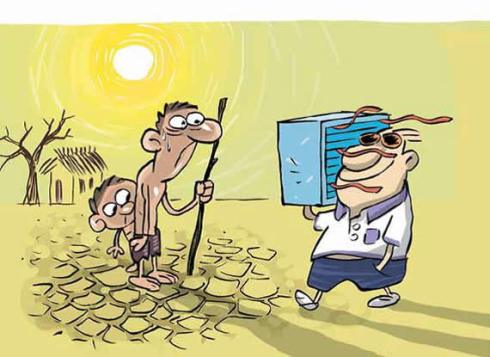
Natural Disasters
One of the main impacts of global environmental change is the increase in frequency and intensity of extreme phenomena causing huge damage to inhabited areas including social, economic and environmental losses.
Natural disasters are generally associated with earthquakes, tsunamis, volcano eruptions and extreme meteorological phenomena such as heavy storms, hurricanes, tornadoes, severe droughts and heat waves. But also include local processes and phenomena like landslides, flooding and erosion. They can happen either naturally or due to human activities.
Brazil is among the countries in the world that are more affected by floods. Flooding makes up for 60% of all the natural disasters that occurred in Brazil during the 20th Century. Of these, 40% happened in the southeast region.
In July 2011, the federal government created the National Centre for Monitoring and Alerts of Natural Disasters (CEMADEN). This department is linked with the secretary of policies and research and development programs of the Ministry of Science, Technology and Innovation (MCTI) located on the campus of the National Institute for Space Research (INPE) in Cachoeira Paulista, São Paulo. CEMADEN provides accurate information about risk areas related to landslides, heavy rainfall and flood events for the whole country.
Such pieces of information are elaborated from forecasts, detailed maps, satellite information and weather radars. Such data is processed to generate alert signals (from two to six hours) before the disaster occurs.
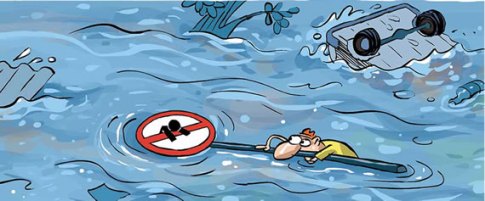
The Future We All Want
How can we help societies to move towards the direction of using natural resources wisely?
The challenge is huge and we need to work alongside both governmentand companies. But we, as citizens, can do our part. Think it over!
1 - Consumerism is a temptation and a very bad habit. It is one of the major factors that contribute for the shortage of natural reserves on the planet. Avoid replacing unnecessarily devices that aggregate high technology (mobiles for example) and reduce the consumption of disposable products.
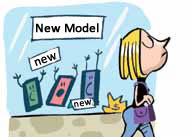
2- Fluorescent lamps and LED lamps (light emitting diode) are economic, use less energy and last for longer than incandescents. Choose appliances marked as class A. They are more efficient in using energy.
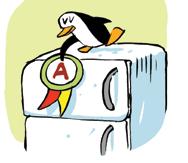
3-Cellulose Paper Manufacturers consume a huge amount of water and energy. Thus, print what is really important and try to use both sides of the paper. Recycled papers must be used whenever possible.

4 - Gather together with your neighbors and people who live in your neighborhood. Ask politicians in your city for selective waste collection, recycling bins, and of course demand recycling.
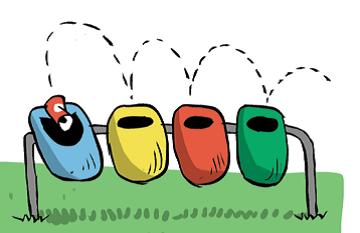
5- Consumption of energy by electric shower is high. Thus showering must last no more than 10 minutes. This way you will save water and energy. Gas water heaters should be avoided as they emit greenhouse gases.
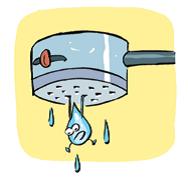
6-Be a responsible consumer. Look for information on companies and try to find out whether they have committed environmental crimes. Sustainable attitudes are associated to recycling water, investment in innovative technology to reduce energy consumption and biodegradable products.

7-Practise citizenship wisely. Use the social networks to raise your voice. Demand of politicians and companies in your city, in your state and in your country to make sure that they are meeting all the necessary requirements for the conservation of biodiversity, hydric resources and soil in such a way that the great goal can be finally reached- sustainable development.

8-Use public transportation. Catch a lift with your friend and give a lift. Demand high quality means of transportation - buses, trains and subways. If you are not going too far use your bike or go on foot. It´s better for your health and the environment.
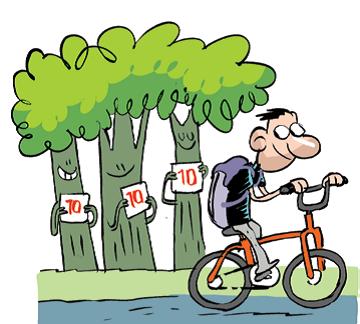
Content freely accessible to everyone. The pictures were made specifically for the booklet by Jean Galvao.































 Arguments
Arguments























 0
0  0
0






Comments